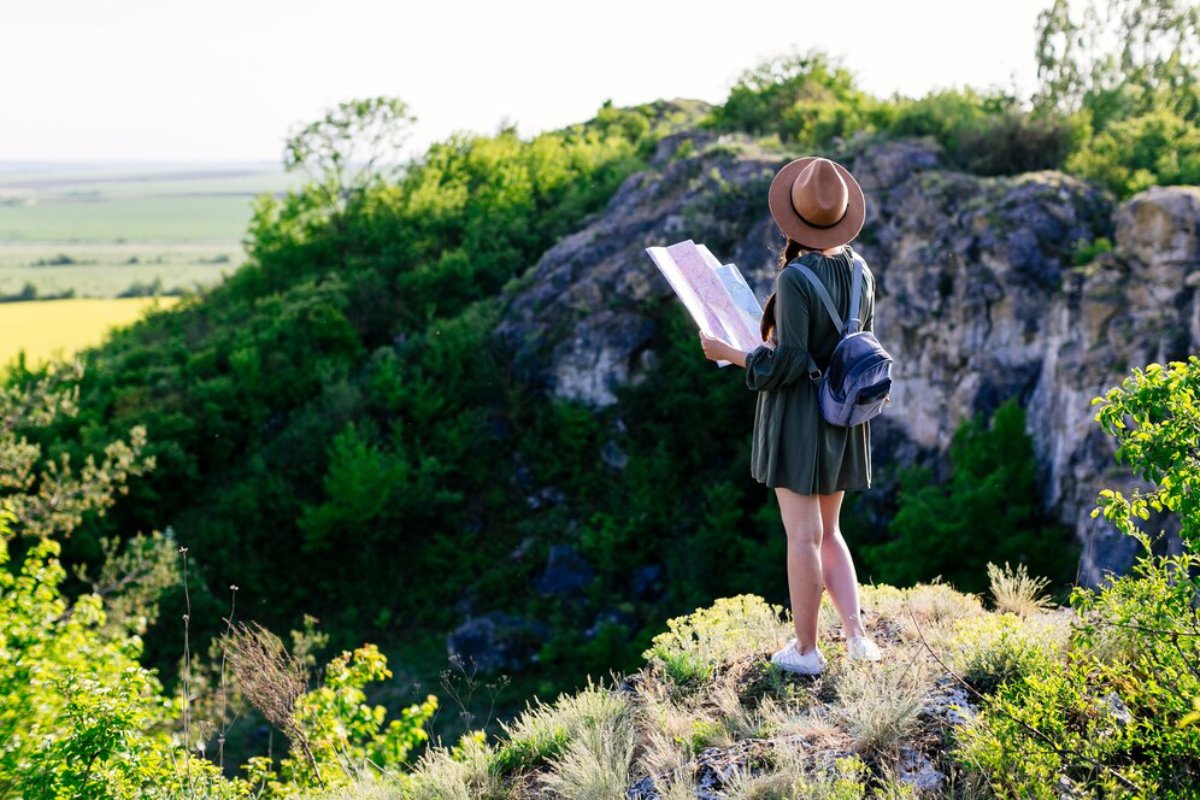
Discovering Remote Wilderness Destinations
Sometimes, the best travel experiences begin where the roads end. In a world full of busy cities and crowded attractions, the call of the wild has never sounded clearer. More travellers than ever are seeking wilderness exploration, drawn by the promise of fresh air, open space, and the thrill of the unknown.
Whether you’re hiking across tundra, paddling down untamed rivers, or camping under a canopy of stars, outdoor travel to remote destinations offers something cities can’t: raw, unfiltered nature and a chance to reconnect—with the earth, with others, and with yourself.
In this guide, we’ll explore the most awe-inspiring adventure destinations for those craving solitude, challenge, and untamed beauty.
Why Choose Remote Wilderness Travel?
Escaping into the wild may not be the easiest type of travel—but it is often the most rewarding. Here’s why:
- True disconnection: No crowds, no screens—just you and the natural world
- Mental clarity: Wide open spaces have a way of clearing the mind
- Physical challenge: Many remote trips involve hiking, paddling, or climbing—perfect for active travellers
- Unforgettable views: These places offer scenery you can’t find anywhere else
- Deeper appreciation: When you travel far off the beaten path, you value every moment more
If you’ve ever dreamed of stepping into a postcard, this is your sign to go.

1. The Lofoten Islands, Norway
Rugged mountains, Arctic fjords, and quiet fishing villages define this wild corner of Northern Norway. The Lofoten Islands offer dramatic landscapes and a true sense of isolation—even during peak seasons.
Highlights:
- Wild camping under the midnight sun
- Sea kayaking through quiet inlets
- Hiking iconic peaks like Reinebringen
- Winter visits offer a chance to see the Northern Lights
Best for: Photographers, hikers, and lovers of coastal wilderness.
2. Torres del Paine, Chilean Patagonia
Located at the edge of the world, Torres del Paine is one of the most remote and breathtaking national parks on the planet. Glaciers, turquoise lakes, and towering granite spires make it a paradise for wilderness exploration.
Don’t miss:
- The iconic W Trek or full O Circuit (multi-day hikes)
- Wildlife spotting: guanacos, foxes, and pumas
- Kayaking among icebergs on Lake Grey
- Backcountry camping with few others in sight
Best for: Seasoned hikers and those who crave dramatic landscapes.
3. The Yukon, Canada
Vast, wild, and deeply untouched, the Yukon Territory in northwestern Canada is the definition of remote. Here, you’ll find immense wilderness, deep silence, and wide skies.
Outdoor adventures include:
- Canoeing the Yukon River for days at a time
- Backpacking the Tombstone Mountains
- Viewing the aurora borealis in complete darkness
- Exploring gold rush towns frozen in time
Best for: Long-haul adventurers and solitude seekers.

4. The Simien Mountains, Ethiopia
Often called the “Roof of Africa,” this remote range in northern Ethiopia offers one of the continent’s most rewarding adventure destinations—and one of its least explored.
Unique experiences:
- Hiking above 3,000 metres with views over dramatic cliffs
- Spotting endemic wildlife like the Gelada monkey and Walia ibex
- Visiting remote mountain villages along the trails
- Multi-day treks led by local guides and mule teams
Best for: Culturally curious travellers and high-altitude hikers.
5. Fiordland National Park, New Zealand
Tucked into the southwestern corner of New Zealand’s South Island, Fiordland is a landscape of deep fjords, ancient rainforests, and thundering waterfalls.
Wilderness experiences:
- Hiking the famous Milford or Kepler Tracks
- Scenic flights over glaciers and hidden valleys
- Multi-day kayaking journeys through Doubtful Sound
- Backcountry huts for overnight stays far from civilisation
Best for: Nature lovers and hikers with an eye for drama.
6. Namib Desert, Namibia
The Namib Desert is one of the oldest and driest deserts in the world—yet it’s full of life, texture, and silent beauty. A journey here is about simplicity, stillness, and the awe of scale.
Things to see and do:
- Climbing giant sand dunes at Sossusvlei
- Tracking desert-adapted wildlife on guided walks
- Stargazing in one of the world’s darkest skies
- Sleeping in remote desert lodges or tented camps
Best for: Introspective travellers and lovers of big-sky landscapes.
7. Kamchatka Peninsula, Russia
Isolated, volcanic, and wild, Kamchatka remains one of the most untouched regions in Eurasia. Few roads reach this remote land of geysers, hot springs, and snow-covered peaks.
Activities include:
- Trekking between active volcanoes
- Soaking in natural hot springs under the stars
- Wildlife watching: brown bears, sea eagles, and whales
- Helicopter access to the Valley of Geysers
Best for: Experienced wilderness travellers seeking true adventure.

8. The Scottish Highlands, UK
For a taste of remote wilderness without leaving Europe, Scotland’s Highlands offer windswept beauty, ancient trails, and rugged charm.
Don’t miss:
- Hiking the West Highland Way or Cape Wrath Trail
- Exploring the Isle of Skye’s dramatic coastlines
- Wild camping beside lochs and glens
- Visiting ancient castles and crofting communities
Best for: Solo trekkers and those drawn to Celtic landscapes.
Planning a Remote Wilderness Trip
Venturing into remote areas takes more preparation than a typical holiday. Here are some slow travel tips for getting it right:
1. Research permits and entry rules
Some wilderness areas require permits, and others may limit visitor numbers. Book early and know the rules.
2. Pack smart, pack light
A good backpack, weatherproof layers, and basic gear (map, compass, headlamp) are essential. Always bring more food and water than you think you’ll need.
3. Travel with respect
Leave no trace. Respect local wildlife, traditions, and ecosystems. Keep noise low and impact minimal.
4. Use local guides
Hiring local experts not only adds safety—it supports small communities and enhances your understanding of the region.
5. Stay flexible
Weather can change quickly in wild areas. Build buffer time into your schedule and always have a backup plan.
6. Safety First
The wild is beautiful—but it can also be dangerous. Always tell someone your route, carry emergency contacts and communication tools (like a satellite phone), and know your limits. Being prepared means you can enjoy the adventure safely.
Final Thoughts: Finding Freedom in the Faraway
In these far-flung corners of the world, you’ll find more than scenery—you’ll find space. Space to think, breathe, and remember what really matters. Outdoor travel to remote wilderness destinations challenges us in the best way: to slow down, pay attention, and live simply, even if just for a while.
Whether you’re walking a mountain ridge in Patagonia, paddling a river in Canada, or stargazing in the desert, wilderness exploration reconnects you to something ancient and essential.
So go where the signal fades, and the silence speaks. The world still has wild places left—you just have to be bold enough to find them.


